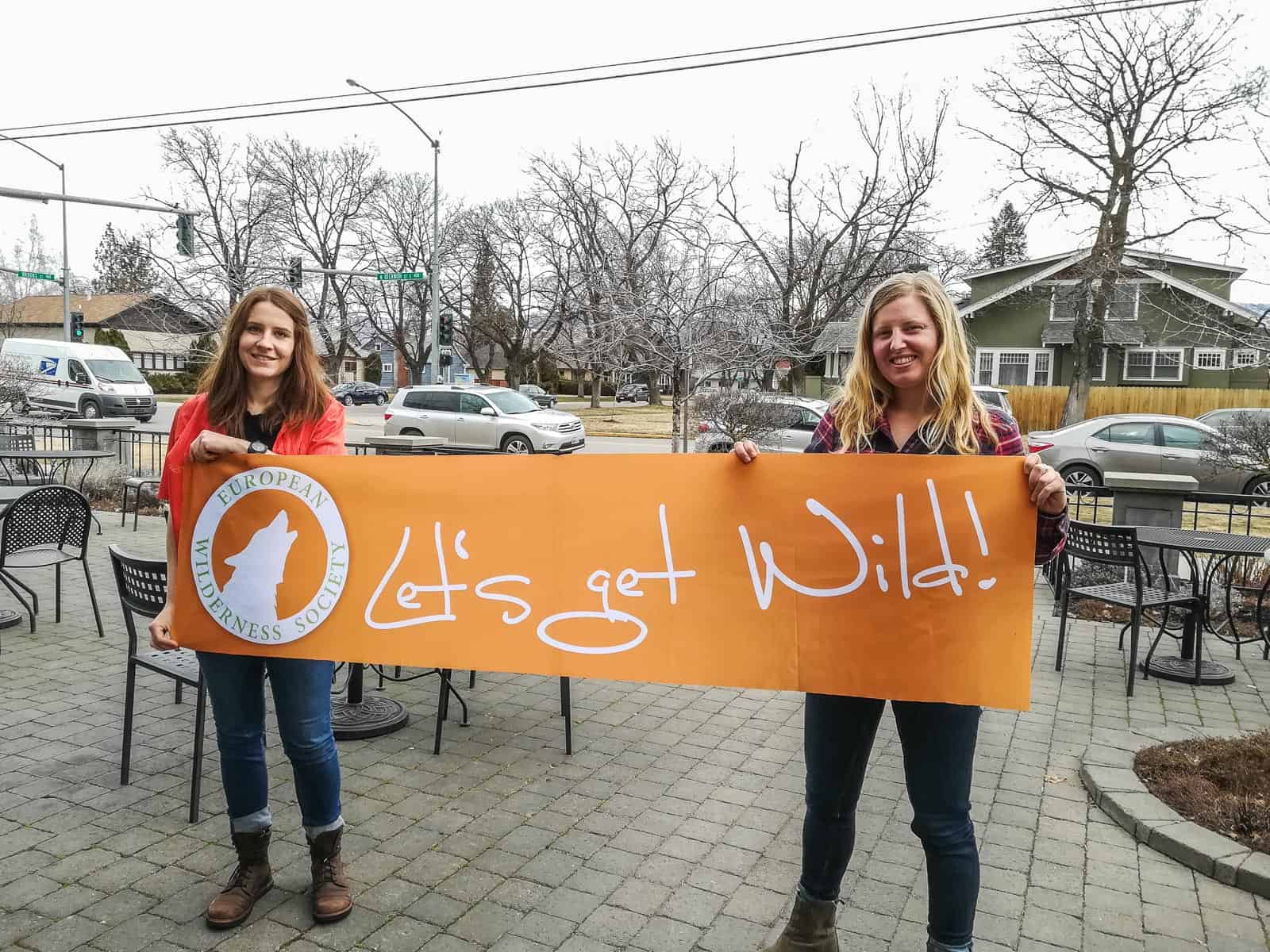Wilderness is a Tool to Protect World Heritage
The recent meeting on Coordination and Management of World Heritage Sites – The Ancient and Primeval Beech Forests of the Carpathians and Other Regions of Europe, concluded with an important message. The core zone of Word Heritage Natural sites requires non-intervention management. For this World Heritage Natural site in Europe it is an important conclusion.
The meeting was held on 23rd July 2018 in Vienna, and organised in cooperation with the European Parks Academy (E.P.A.). The Austrian Federal Ministry for Sustainability and Tourism as well as the European Union supported the meeting.
This event facilitated direct communication between UNESCO, IUCN and also State Parties. Therefore it was a unique possibility to communicate needs, existing tools and new options directly between all parties. The whole event focused on solutions to manage the complexity of this site to protect its unique qualities.
Pierre Galland, independent IUCN Expert, moderated the meeting. Discussions ranged from challenges in the implementation of the World Heritage Convention, to enhancing conservation opportunities through World Heritage.
Please also read: World Heritage Sites and European Beech Forest Network Resolution
The Ancient and Primeval Beech Forests Network
Since the end of the last Ice Age, European beech forest has spread from a few isolated refuge areas to cover Europe. This happened over a short period of a few thousand years, although nowadays many beech forests have been or are currently logged. However the successful expansion across Europe is testament to the tree’s adaptability and tolerance of different climatic, geographical and physical conditions. Therefore it is no surprise that this transboundary property stretches over 12 countries.
Challenges to implement the World Heritage Convention
In 2017, the World Heritage Committee inscribed the serial World Heritage of Ancient and Primeval Beech Forests of the Carpathians and Other Regions of Europe. This was by extending the existing sites in Ukraine, Slovakia and Germany, to cover over 40 protected areas in 12 European countries. The transboundary property now covers 92 000 ha and consists of 78 component parts. The recent IUCN evaluation report of this nomination stated an:
Unprecedented level of both proposed international cooperation, but also challenge and complexity.
The evaluation also highlighted some shortcomings and called upon the States Parties to act. These complexities were discussed at this current meeting:
- consider future enlargement of components (min. size of 50 ha),
- strengthen the protection level within buffer zones and the improvement of ecological connectivity,
- ensure appropriate buffer zone management,
- approve that future extensions exceed minimum requirements,
- ensure committed funding.
Complexity of tasks to solve
To deal with the above challenges requires close cooperation and coordination. This includes the different managements of component parts, State Parties, as well as UNESCO World Heritage Convention and IUCN World Heritage Program.
This recent solution-focused meeting supported the upstream process. This was done through looking at three different perspectives: the international, scientific, and practitioner’s perspective.
Wilderness is part of World Heritage
The meeting was a great opportunity to clarify UNESCO/IUCN requirements for the quality and stewardship of the Word Heritage Natural sites. The outcome of the meeting was clear: the core zone of Ancient and Primeval Beech Forests of the Carpathians and Other Regions of Europe has to be a strictly protected site, IUCN Category Ia or Ib. The European Wilderness Society has been working with non-intervention management and strictly protected sites for many years.
-Vlado Vancura, Wilderness Director European Wilderness Society.









